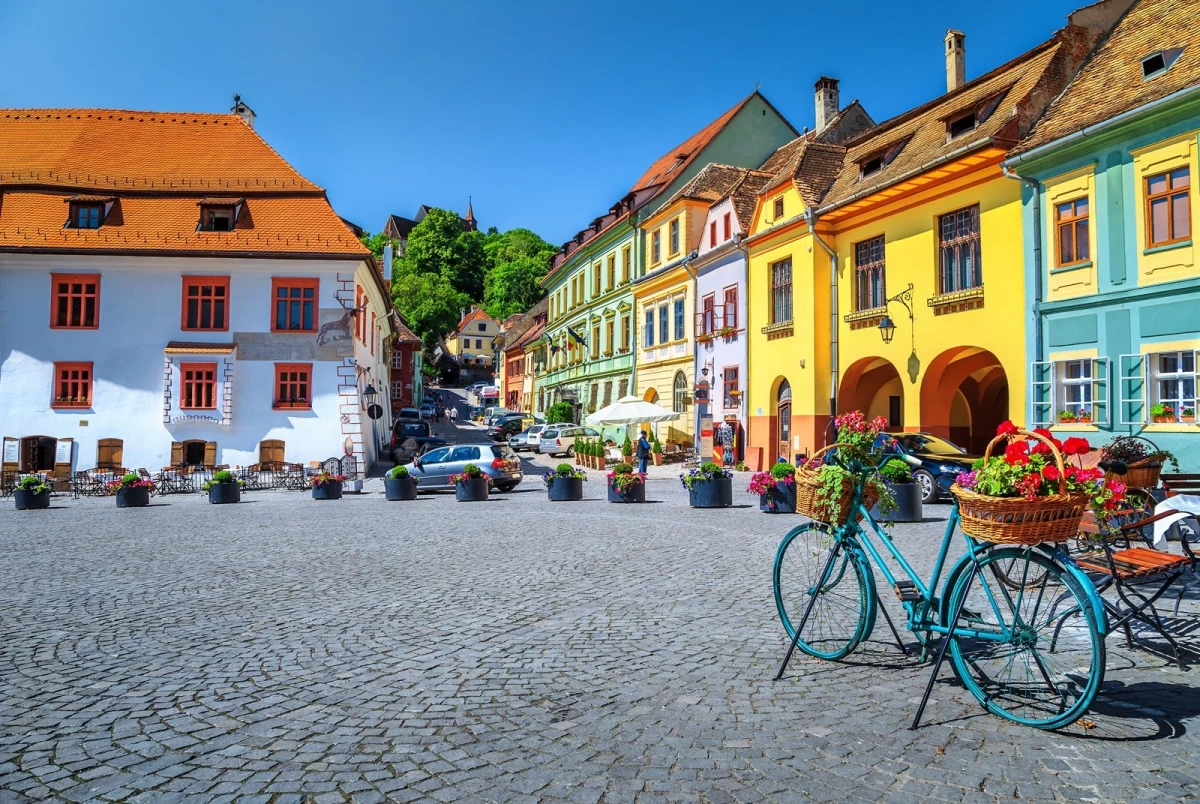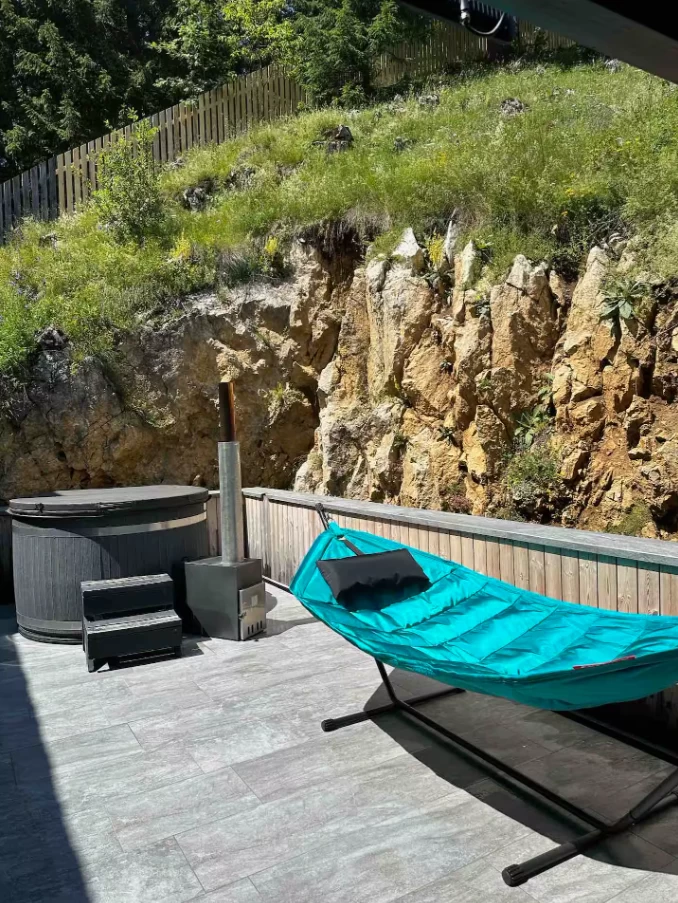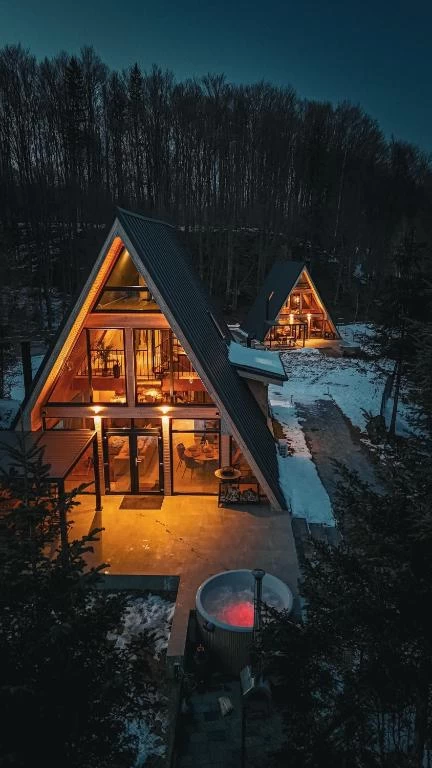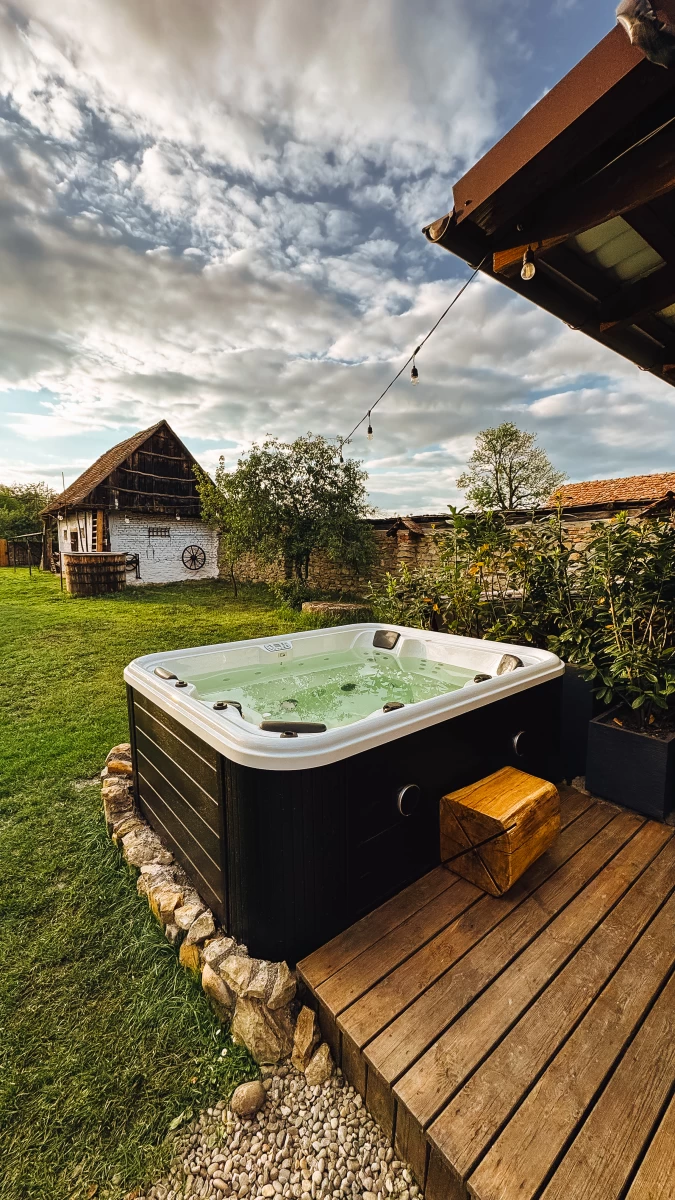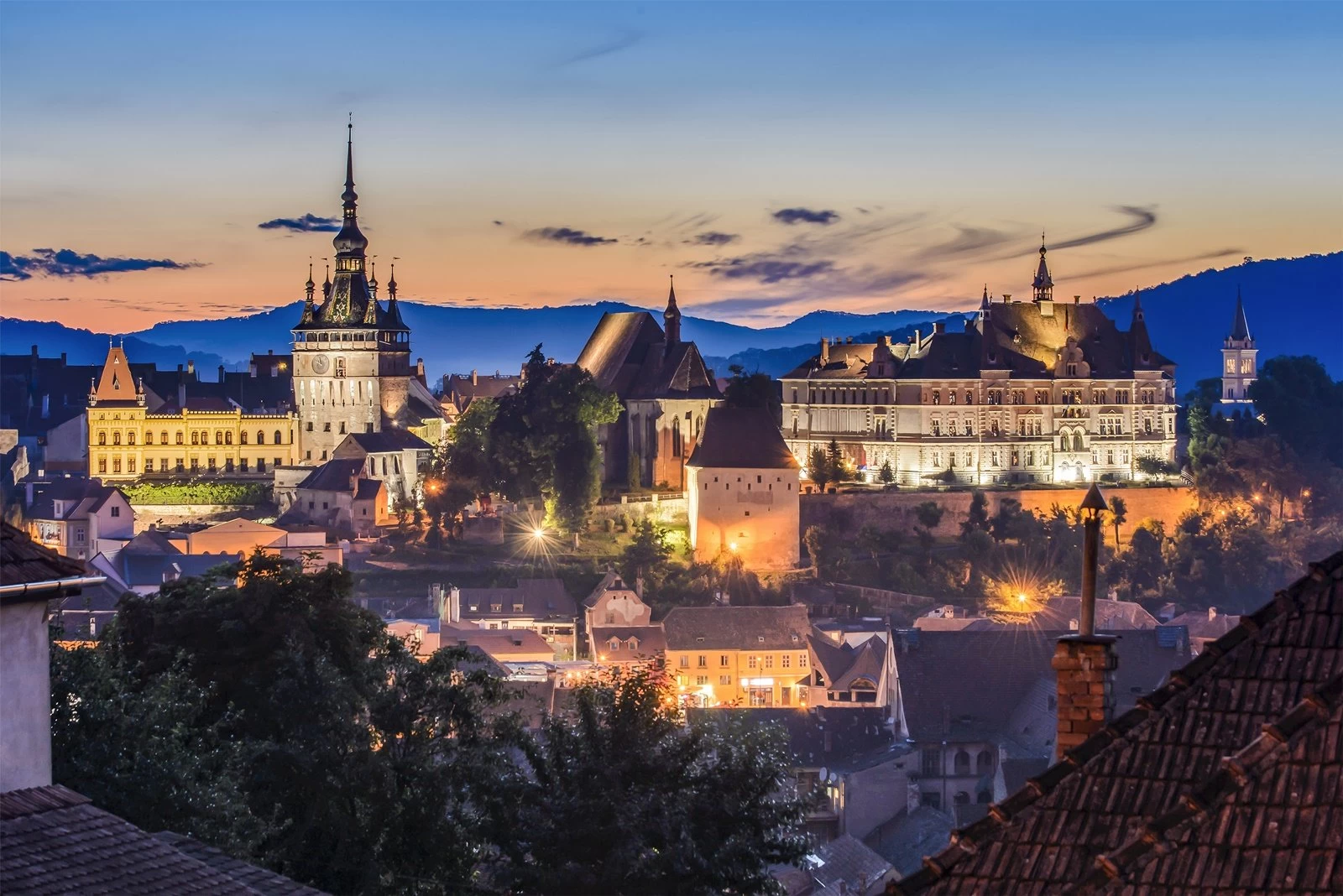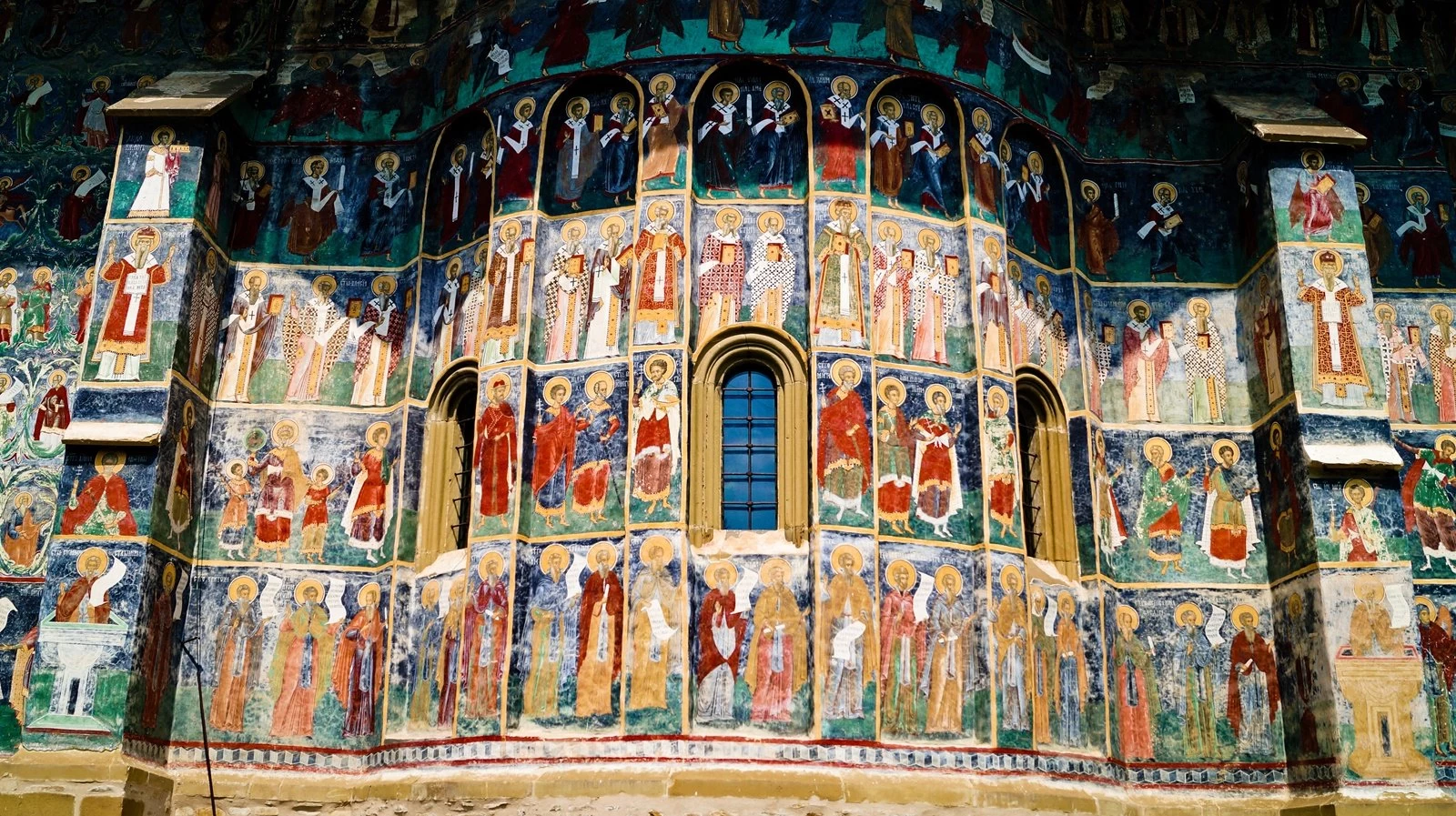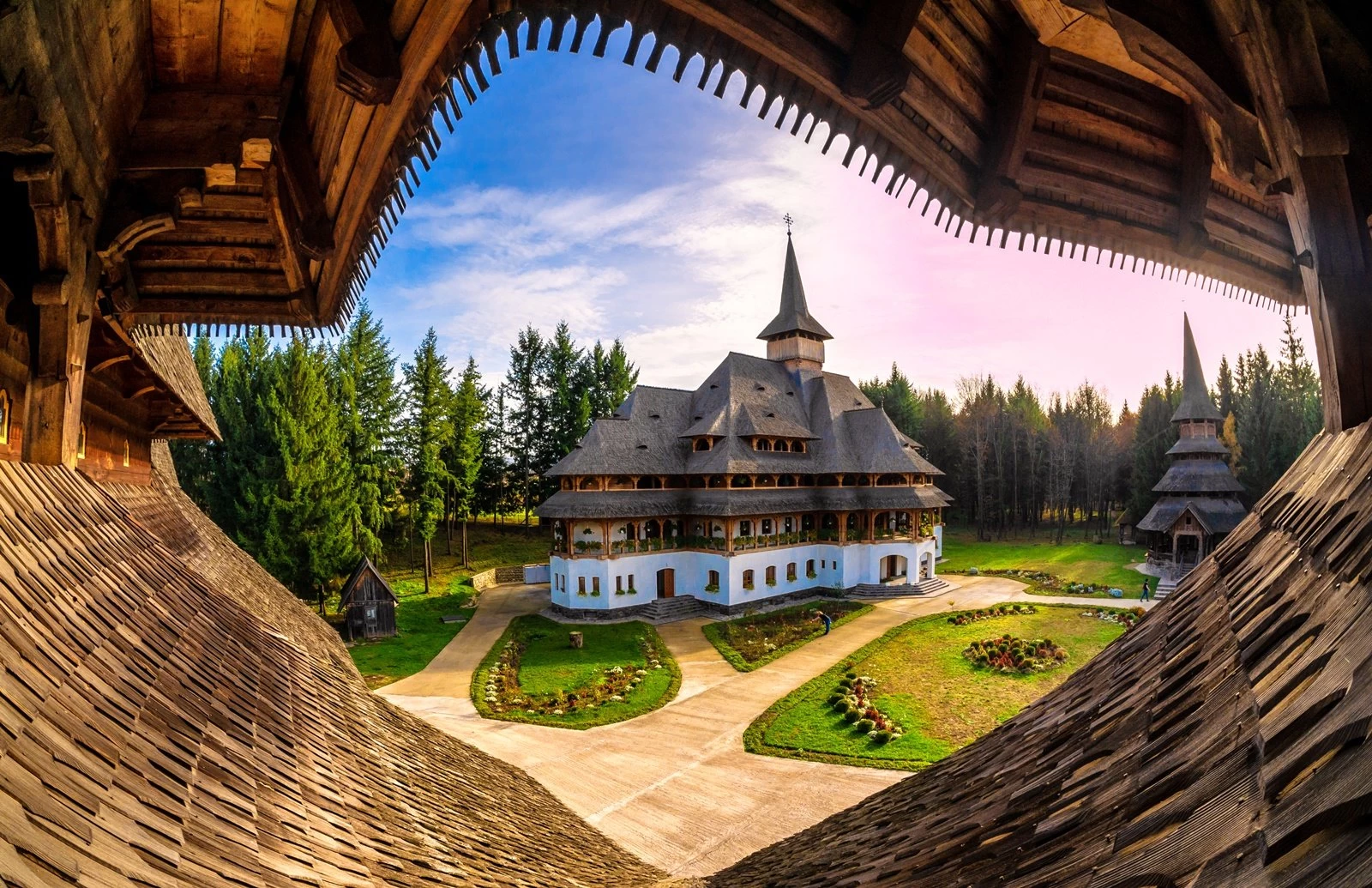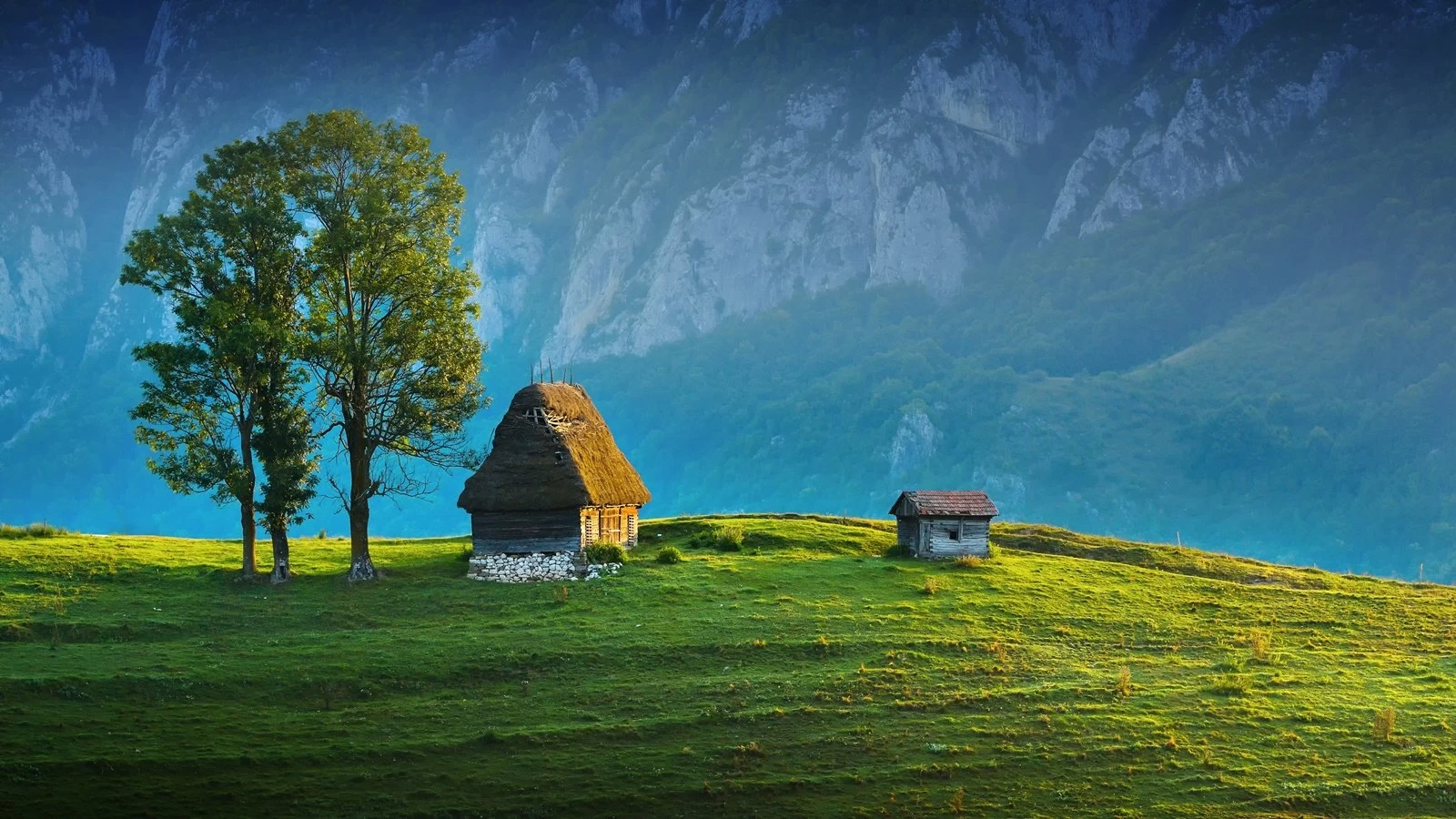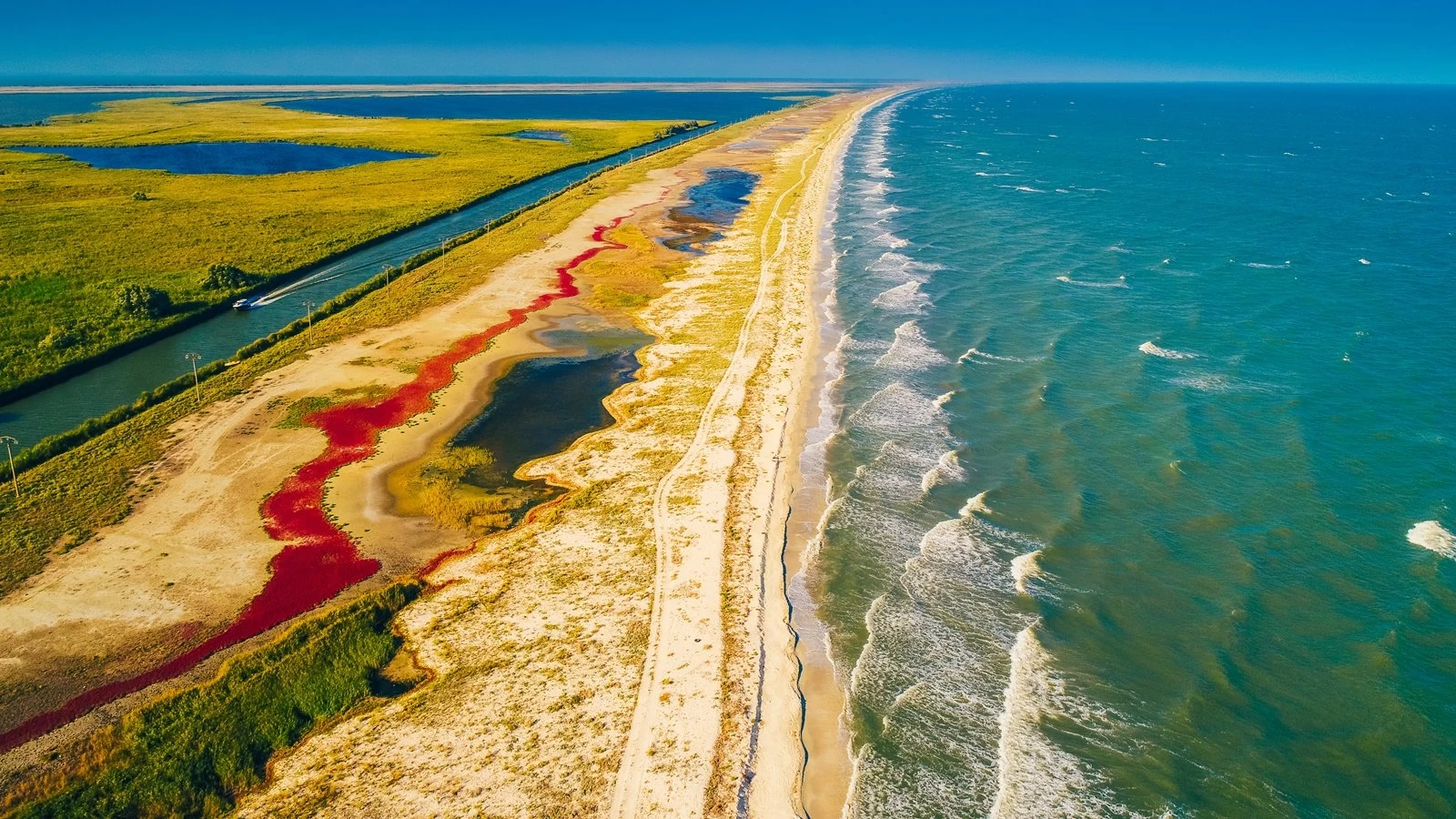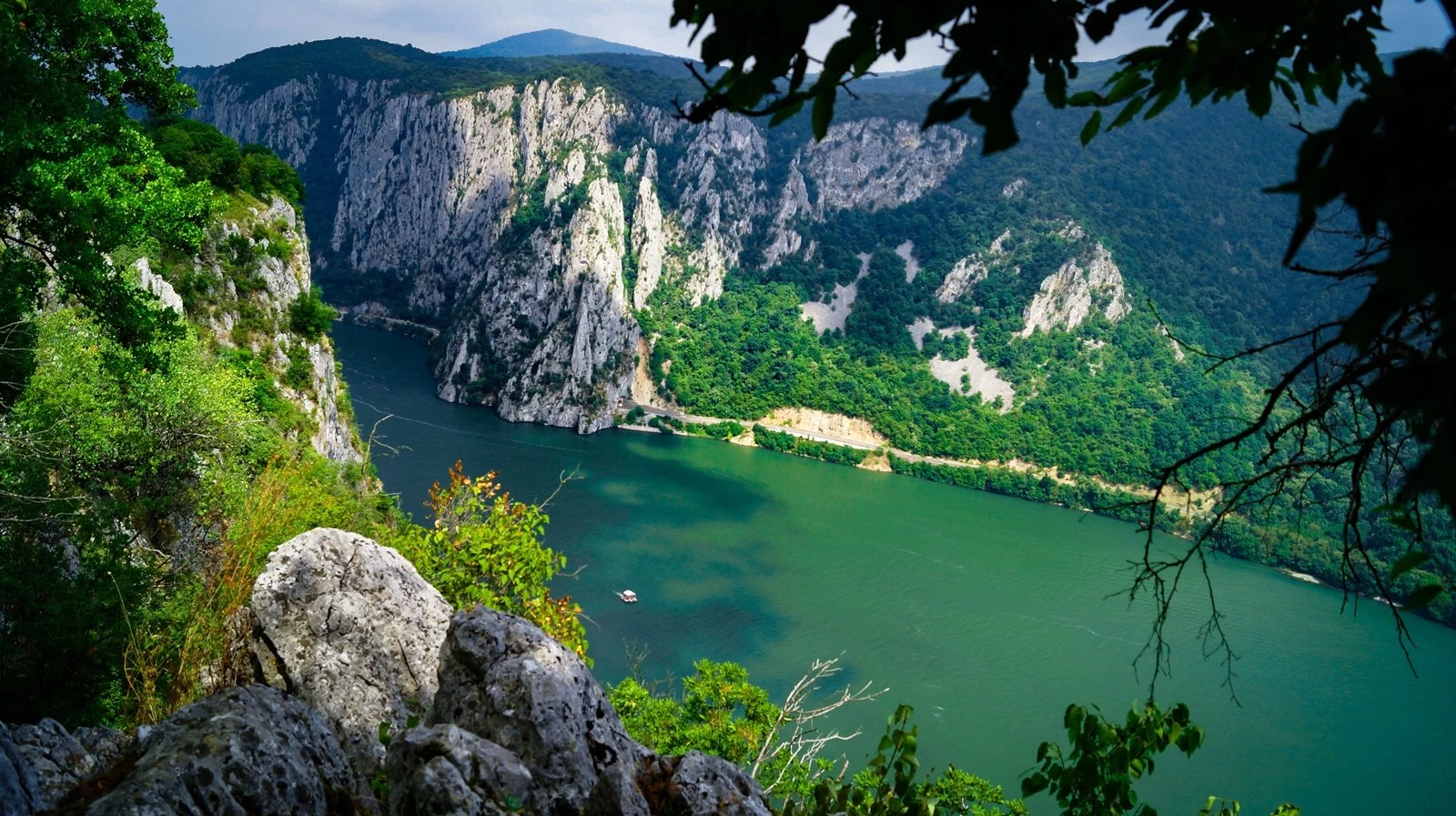When most people think of Transylvania, they immediately associate it with Dracula and his infamous castle. But where exactly is Transylvania?
Located in the heart of Romania, this region offers much more than spooky legends and vampire tales—it's a land rich in history, breathtaking landscapes, and charming medieval towns.
In this article, we'll explore the history, geography, and culture of Transylvania, and show you why it's a destination worth exploring.
Where Exactly is Transylvania?
The region of Transylvania is situated in the heart of Romania, in Eastern Europe. It is bordered by the Carpathian Mountains to the east and south. Transylvania is known for its natural beauty, rich cultural heritage, and medieval towns and castles.
Now that we know where Transylvania is, let's dive into the rich history of this region, starting with its medieval past.
Medieval Transylvania
Transylvania has been an autonomous state for over 170 years, carrying the name of the Principality of Transylvania and being under the suzerainty of the Ottoman Empire. This historical region of Romania has been highly disputed over time, being part of Dacia, the Roman Empire, the Kingdom of Hungary, or the Austrian Empire.
Transylvania is often associated with the land of vampires. This stems from the fiction of Bram Stoker's novel Dracula, published in 1897. So, don't worry, there are no vampires living in Transylvania, even though conservative people living here still practice some customs that may scare you.
One of these customs caused a stir a few years ago when the Discovery Channel decided to include Romania in the top scariest countries in the world. It was about the fact that some locals suspected that one of their fellow villagers turned into a werewolf after death. They dug up the corpse, took out the heart, burned it, and drank the ashes. As tourists, you will not interact with such pagan customs passed down from ancestors, but it is good to know that they exist.
Transylvania stretches over an area of 57,000 km² and is divided into 16 Romanian ethnographic regions, with popular names such as the Land of the Forests or the Princely Land.
The toponym Transylvania has its origin in medieval Latin and means "the land beyond the forest". On the Transylvania coat of arms, there is a black eagle with a yellow beak, the sun, and the moon (the symbols of the Szekely nation), and seven fortress towers representing the seven Saxon citadels of this land.
Modern Transylvania
Today, Transylvania is slowly becoming one of the main tourist destinations in Europe. Its medieval charm, the myths surrounding Count Dracula, the idyllic landscapes, and the archaic way of life convince tourists from all over the world to visit this fairytale land every year.
Rural and cultural tourism is gaining ground in this region. More and more heritage buildings are being brought back to life through colossal investments. The quality of services is on a continuous rise, driven by the increasing competition among hosts. Communities are developing harmoniously, taking care to preserve their traditions and customs.
Transylvania offers one of the last remaining medieval landscapes in Europe. Flowery meadows stretch over hundreds of hectares, avoiding the intensive agriculture that has taken over much of the continent. Ancient forests and alpine pastures complete this dreamlike landscape.
Here, numerous species of flora and fauna, almost completely destroyed in other parts of the world, have found refuge. Scientists have confirmed that the highest diversity recorded in a plant community worldwide is found in the dry grasslands of Transylvania. Not only are they excellently preserved, but they also seem to be expanding.
On the other hand, approximately 50% of Europe's large carnivores live in the Carpathian Mountains that surround Transylvania. From wolves and lynxes to brown bears, all are protected by strict laws. Even if they sometimes interact with humans, the conservation of these species on Romanian territory can only bring us joy.
In conclusion, Transylvania is home to over 600 protected butterfly species, 23 protected mammal species, 55 protected bird species, 10 protected reptile and amphibian species, and 11 protected fish species. You will have the opportunity to admire some of these species by choosing a tour or excursion in the wild of Transylvania with one of the local tourist guides.
If you are tired of the hustle and bustle of modern life and want your soul to make peace with your body, we prescribe you a vacation in Transylvania.
Vacation in Transylvania
With such an abundance of tourist attractions and places to visit, a vacation in Transylvania seems to have guaranteed success. But things can quickly take an unfavorable turn if you unknowingly end up in the wrong places.
We offer you all the ingredients to have a dream vacation. You will be able to find accommodation in traditional houses, mansions, or medieval castles, all restored to offer top-notch services. Spectacular cabins, treehouses, or glamping sites complete the list of unique accommodations.
The offers are very diverse, so no matter how much money you want to spend, you will find something suitable for your needs.
Transylvanian cuisine is renowned worldwide. Culinary delicacies, with multi-ethnic influences, will delight your senses. The concepts of slow food and farm-to-table are present in almost every household. Local wines, produced in households or in more complex wineries, will complete the sensory experience.
You will get in touch with local traditions and customs and you will have the opportunity to learn old crafts directly from the villagers.
Then you can choose to take a ride on old carriages, pulled by animals, on the wild trails in the Carpathian garden. Here you will find most of the large carnivores in Europe and also some of the last virgin forests in the world.
Does it seem unreal to you? Well, a vacation in Transylvania means even more than that.

